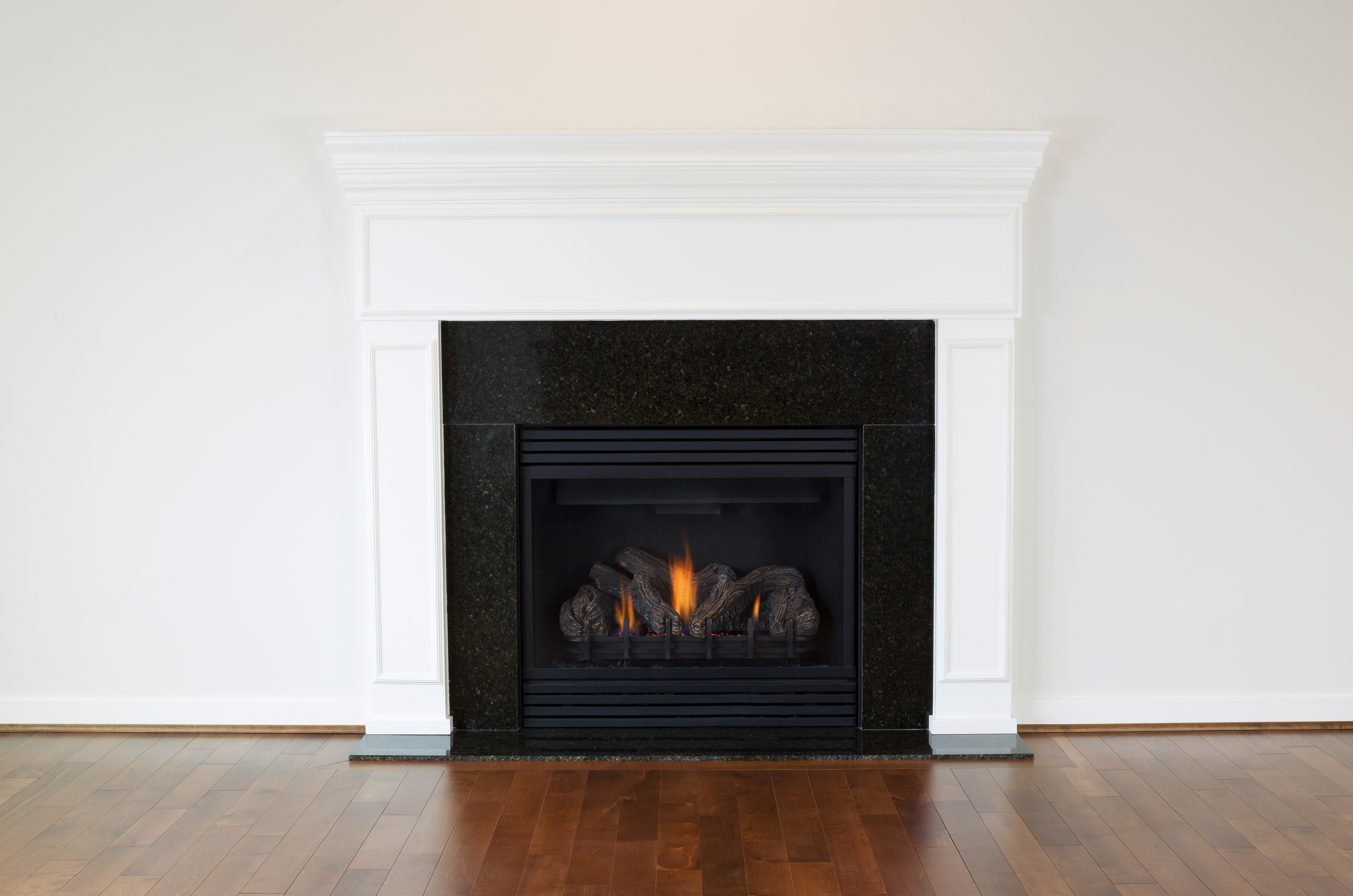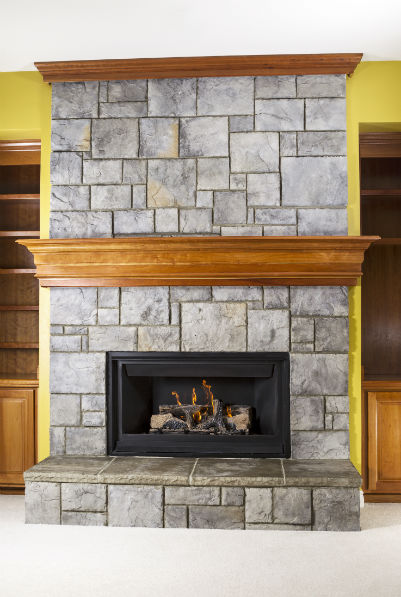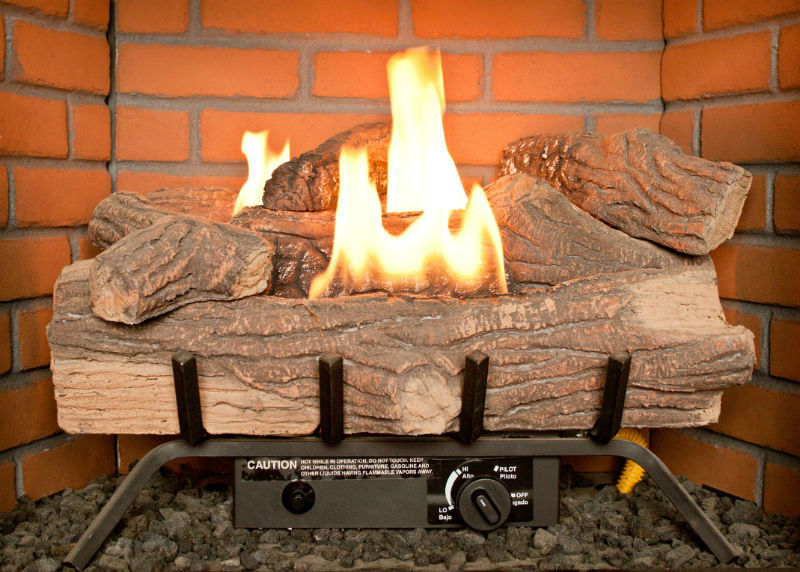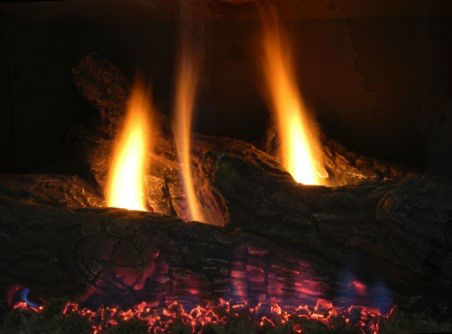
by Renee Brigman | Sep 11, 2019 | Fireplace maintenance, Gas Fireplace FAQ, Gas Logs
-> Also read our article “Is it Time to Replace Your Wood burning Prefabricated Fireplace?” The fireplace industry considers prefab wood burning fireplaces to have a life expectancy of 10-30 years. Like other household appliances, they just don’t...

by Renee Brigman | Aug 8, 2016 | Gas Logs
Short answer: Dirt, Carbon Monoxide and Water DIRT: They will probably work just fine until they don’t. When the mechanical parts reach critical mass with “dirt”, they may begin to work intermittently or not work at all. CARBON MONOXIDE: If the gas logs are vented,...

by Renee Brigman | Mar 7, 2016 | Gas Fireplace FAQ, Gas Logs
What we’ve learned….. Vent-free /Unvented gas logs usually require the damper to be closed. Some folks opt to just seal the throat of their fireplaces or the tops of their chimneys when these gas log systems are installed. Vent-free or unvented gas log appliances...

by Renee Brigman | Oct 23, 2015 | Gas Logs
So it’s October, it’s a bit nippy outside, and you want to light your gas logs for the first time. You hit the remote control and nothing happens. Oh yeah, the pilot light. You light the pilot and still nothing. The batteries! You get the right batteries and install...





